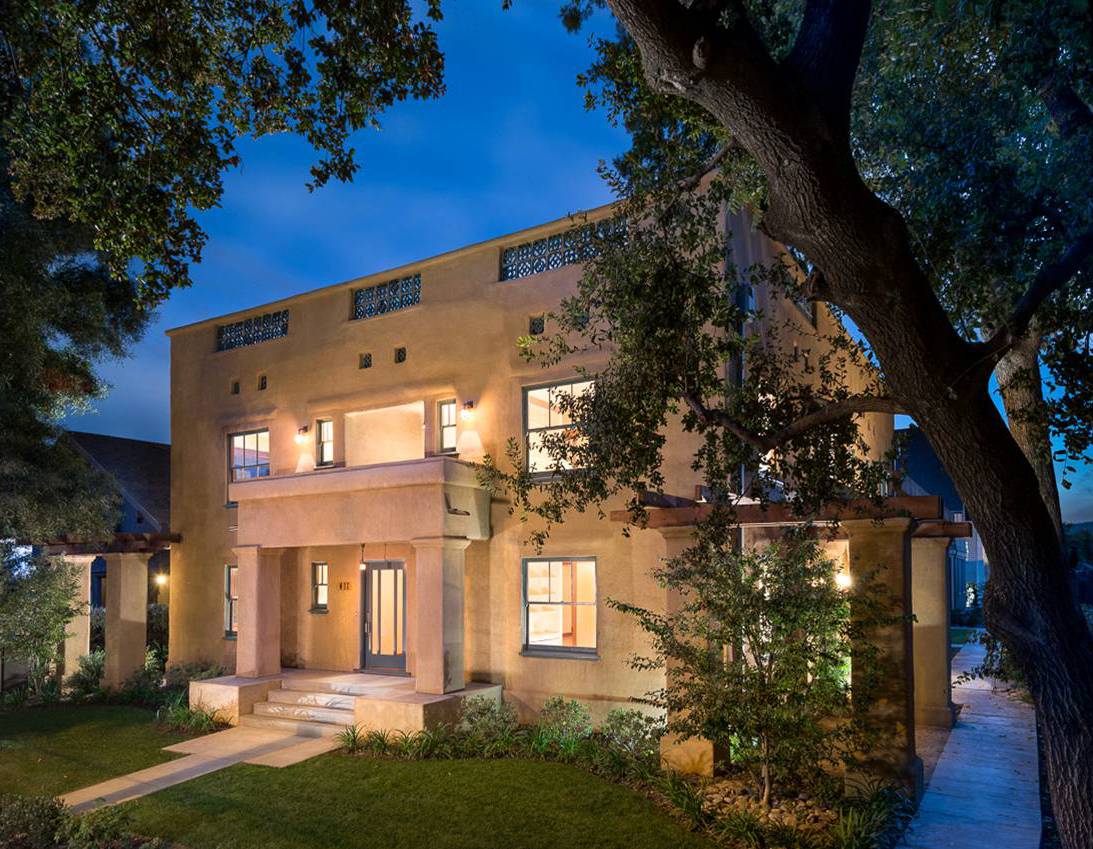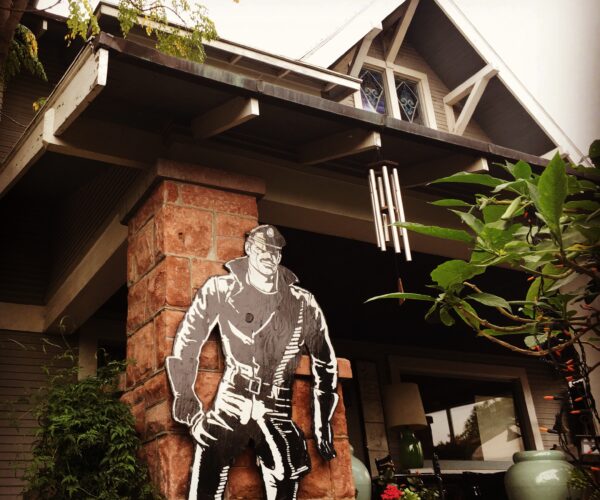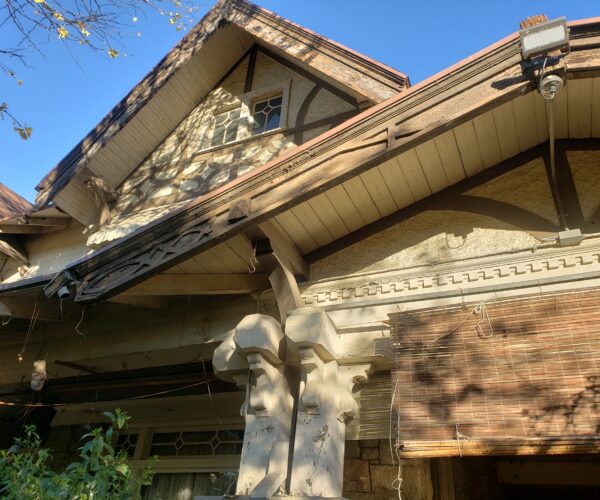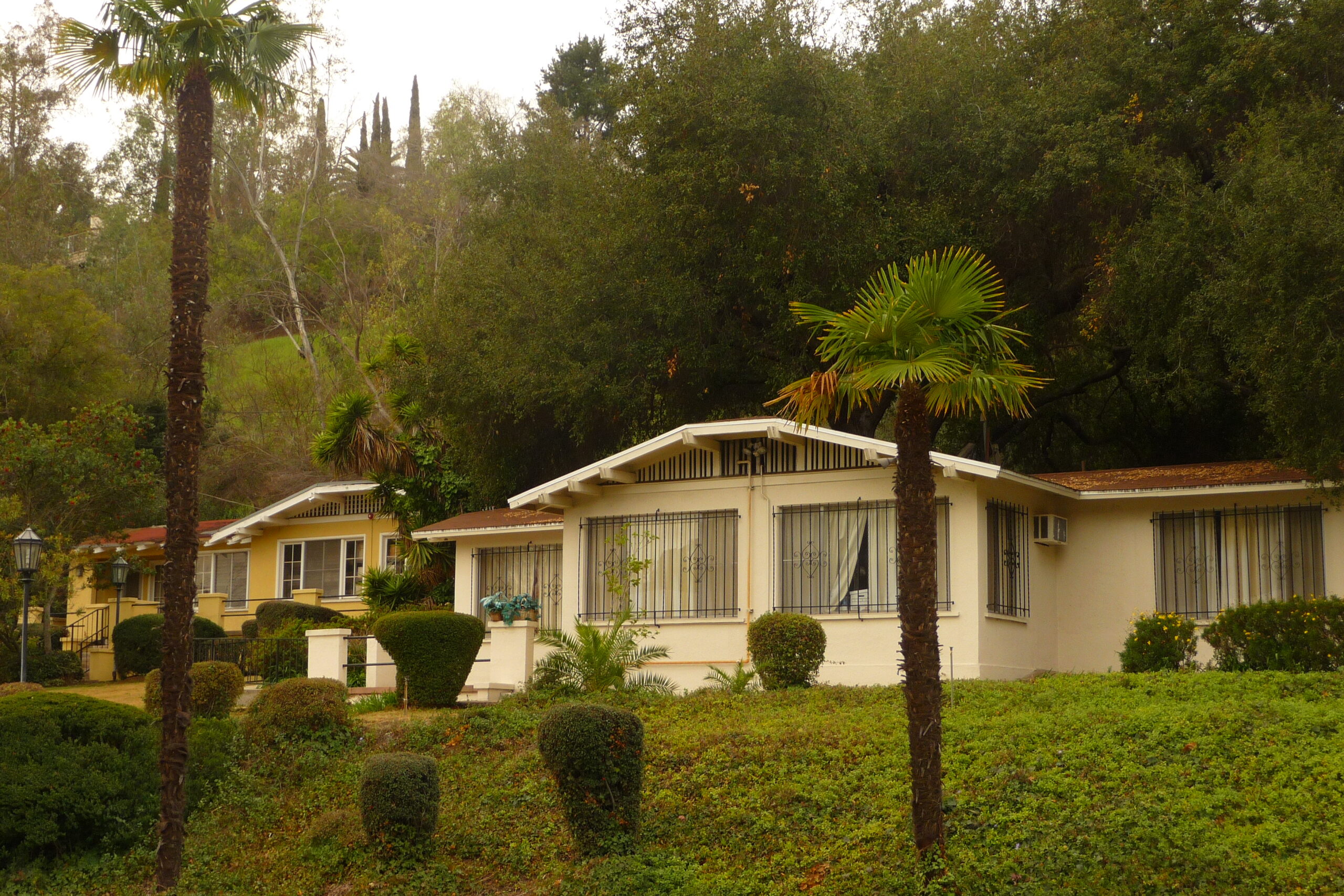
Place
Herkimer Arms
Built in 1912 as an eight-unit dwelling, the Herkimer Arms is the only surviving apartment building by master architects Charles and Henry Greene, and one of their few buildings with a gunite exterior.


Place Details
Address
Get directions
Architect
Year
Style
Decade
Property Type
City
Built in 1912, Herkimer Arms is the only surviving apartment building designed by master architects Charles and Henry Greene. Greene and Greene were commissioned to design Herkimer Arms to accommodate long-term visitors to California as Pasadena’s population boomed in the early 20th century. The guests required furnished apartments, resulting in built-in furnishings including hideaway trundle beds built into armoires. The armoires contained bookshelves, drawers, and a pull –out “breadboard” desk.
Herkimer Arms is one of few gunite structures designed by Greene and Greene.
Originally located at 527 East Union Street, the building was used for many years as housing for students of nearby Fuller Theological Seminary. When threatened with demolition, Pasadena Heritage and other local preservation advocates stepped in. The building was ultimately purchased by Heritage Housing Partners, cut into two pieces, and moved to its current location in 2009.
Herkimer Arms was converted from its original eight units into two four-bedroom units; the two units were sold to low-income first-time homebuyers. This project earned a 2013 Conservancy Preservation Award.


